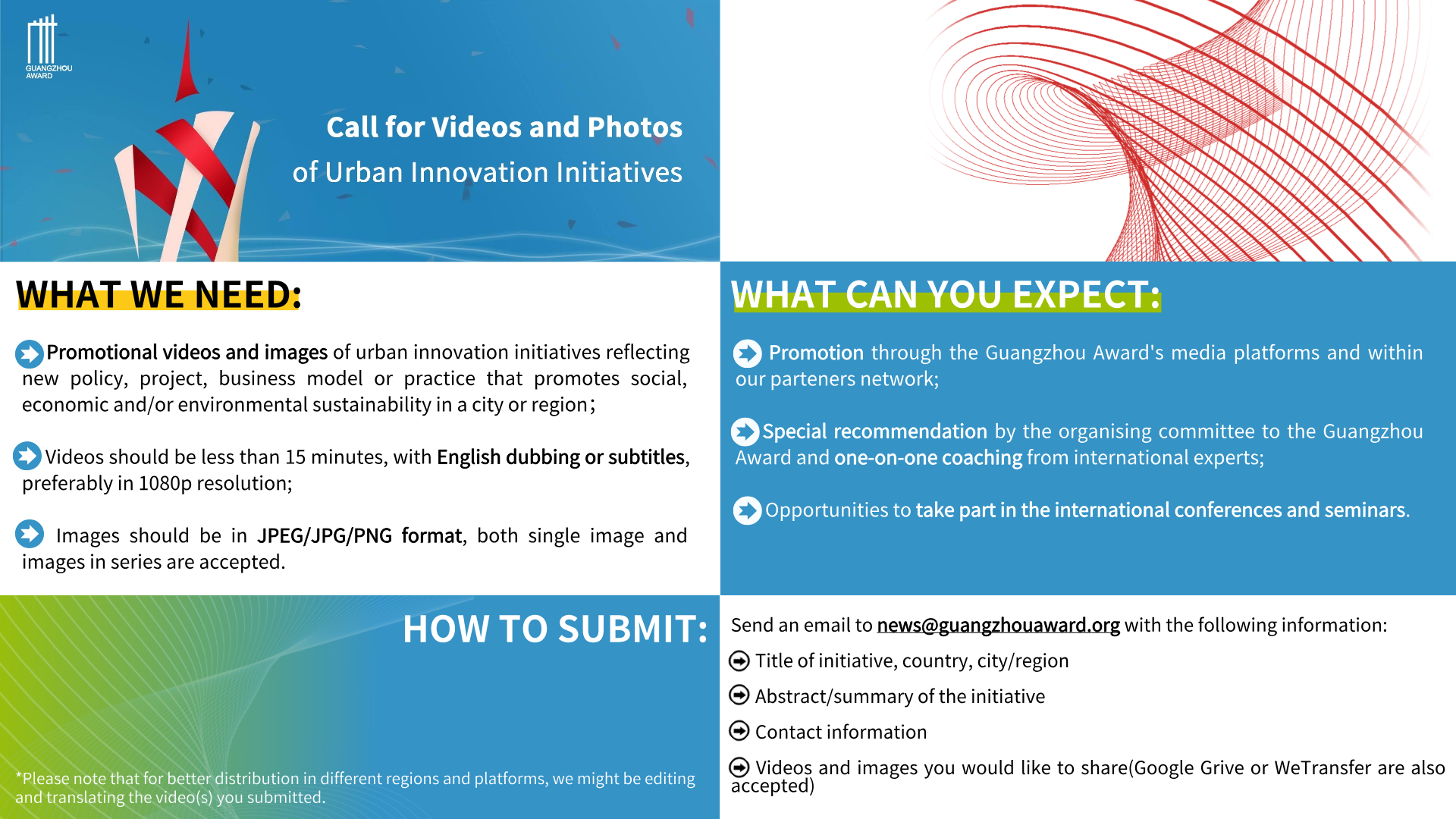Ramallah, Palestine
Ramallah City Stepping toward a Greener Future & Revolutionizing Municipal Services through GIS
BASIC CITY DATA
- Population size: 47,675
- Population Growth Rate(%):3.4
- Surface Area (sq.km): 19
- GINI Index: 0.33
- Main Source of Prosperity: trade, tourism

The Palestinian city of Ramallah is home to 850,000 inhabitants. Against the backdrop of escalating environmental concerns and evolving urban dynamics, Ramallah has spearheaded two groundbreaking initiatives: Ramallah City Stepping toward a Greener Future and Revolutionizing Municipal Services through GIS, embarking on a transformative journey towards sustainability and efficiency.
Ramallah City Stepping toward a Greener Future, launched in 2018, represents a paradigm shift in the city’s approach to water management and environmental sustainability. Amid rising populations, intensifying impacts of climate change, and complex geopolitical situation, the city has long grappled with droughts and dwindling water reserves and struggled to access and manage its own water resources.
This revolutionary initiative is a bold step towards self-sufficiency. It transforms the city’s wastewater into high quality recycled water for various public works and uses. Around 1000 cubic meters of reclaimed wastewater are pumped daily from the treatment plant to reservoirs in the city for irrigation, construction, firefighting, etc. Realizing the underutilization of the wastewater – even though it irrigates 40 percent of public green areas – the city has partnered up with 10 private gardens to provide irrigation for them as well.
The initiative has increased the city’s available water reserves by up to 10,000 cubic meters per day and helped the city conserve its scarce drinking water for human consumption. It has also contributed to increased green spaces in Ramallah, as 1,150 new trees have been planted across the city. Economically, the initiative is also yielding substantial benefits. By using recycled water for public gardens and parks, the city has seen its water bills drop by 60 percent. As the reclaimed water is rich in micronutrients, it does away with the need to procure fertilizers. Along with the reduced use of drinking water, it is generating major cost savings.
The other initiative, Revolutionizing Municipal Services through GIS, was launched in 2014 in a bid to streamline urban management and promote data-driven decision-making.
Realizing the challenges posed by fragmented spatial information and disparate systems, the GIS platform seeks to centralize and optimize spatial data management across the entire municipality. It represents a comprehensive system for collecting, managing, analyzing, and visualizing spatial data. It leverages the power of maps to bring together information that describes city details, infrastructure, services, and environmental factors. Through the integration of various data layers, the GIS platform offers decision-makers a holistic view of urban dynamics, facilitating evidence-based planning and resource allocation.
This kind of informed decision-making has produced tangible and far-reaching results. The GIS platform has enhanced the municipality’s service delivery processes such as garbage collection, transportation, and maintenance. It has bolstered the municipality’s capacity for faster and more effective emergency response in the face of natural disasters, accidents, and public health emergencies. It has generated cost savings and efficiency gains by optimizing manual operations, reducing paperwork and processing time, and minimizing resource wastage.
To sustain the initiative’s momentum, the city prioritizes continuous training, stakeholder engagement, and technological advancements. Clear data management protocols, financial commitments, and policy integration are also in place to ensure long-term sustainability.
The initiative has fostered innovative partnerships and collaborative approaches to urban governance. It promotes transparency and accountability in municipal affairs by providing residents with access to spatial data and interactive maps, which leads to greater public awareness, participation, and trust in municipal decision-making processes. The engagement of public, private, and community stakeholders also ensures the initiative’s scalability and adaptability.
These two initiatives serve as good examples of Ramallah’s innovative efforts towards a greener and smarter future, demonstrating its holistic approach to sustainable development. They align in particular with SDG 6 (clean water and sanitation), SDG 9 (industry, innovation, and infrastructure), SDG 11 (sustainable cities and communities), SDG 13 (climate action), and SDG 16 (peace, justice, and strong institutions).


 test
test Urban Innovation in China | Hainan: Transforming Mangroves into “Golden Groves”
Urban Innovation in China | Hainan: Transforming Mangroves into “Golden Groves” In Focus | Empowering the “She” in the Family
In Focus | Empowering the “She” in the Family In Focus | The World Earth Day: Planet vs. Plastics
In Focus | The World Earth Day: Planet vs. Plastics




















 Tel: +86 20 3780 4434
Tel: +86 20 3780 4434 Email: info@guangzhouaward.org
Email: info@guangzhouaward.org Address: Rm 1609, FuLiXinTianDi, No.307 Guangzhou Dadao Zhong, Yuexiu District, Guangzhou, Guangdong, 501600, PRC
Address: Rm 1609, FuLiXinTianDi, No.307 Guangzhou Dadao Zhong, Yuexiu District, Guangzhou, Guangdong, 501600, PRC




